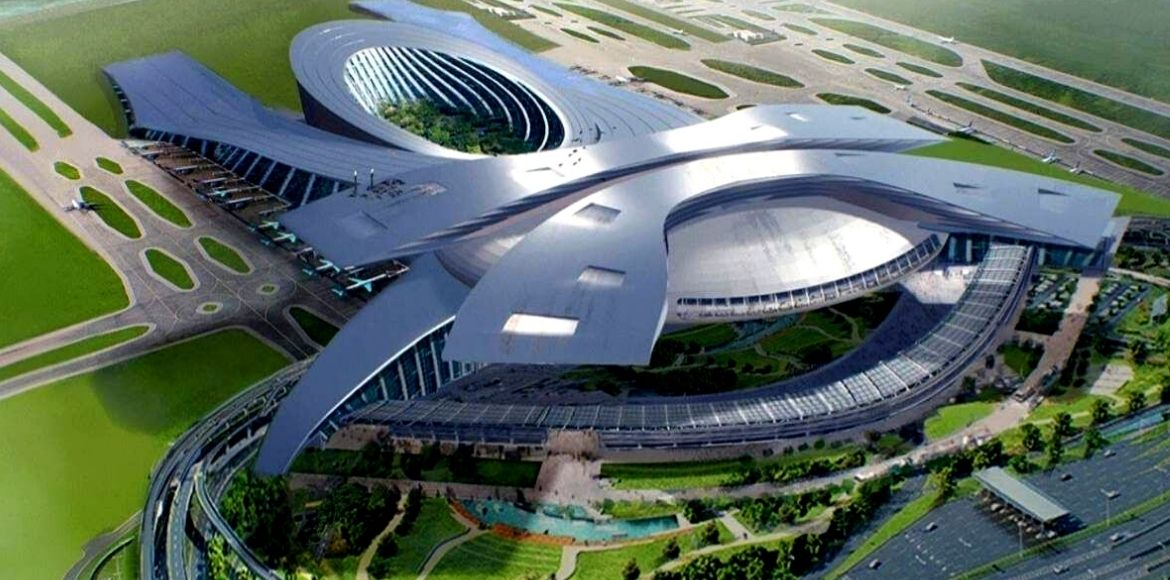
New Delhi: The Airports Authority of India (AAI) has successfully completed the airspace design and flight procedures for the Navi Mumbai International Airport and Noida International Airport (Jewar). This accomplishment highlights AAI’s capability in managing intricate airspace configurations, particularly for airports located near India’s busiest aviation hubs, according to a press release from AAI.
This milestone is crucial for improving operational efficiency at these new airports, setting the stage for future growth in one of the world’s most vibrant aviation markets. As India’s Air Navigation Service Provider (ANSP), AAI oversees Air Navigation Services nationwide, including at the upcoming Navi Mumbai and Noida (Jewar) airports.
The AAI’s airspace and flight procedure design team has carefully developed the airspace and Instrument Flight Procedures (IFPs) for these projects. These procedures aim to optimize flight efficiency, significantly lowering emissions, track miles, and flight durations for the numerous daily flights operating in the Delhi-Mumbai air corridors.
To achieve this goal, AAI collaborated with Boeing India, which provided essential support through thorough simulation and conflict analysis. Using Boeing’s Total Airspace and Airport Modeler (TAAM) in Bengaluru, the development and validation of instrument flight procedures, including Standard Instrument Departures and Standard Terminal Arrivals, were enhanced.
Vipin Kumar, Chairman of AAI, stated, “In light of the ongoing strategic partnership between AAI and Boeing India, experts from Boeing worked alongside the AAI Flight Procedure Design team to evaluate and confirm the arrival and departure protocols for the new airports being developed in Jewar (Noida) and Navi Mumbai.”
These collaborative efforts have enabled the safe and efficient integration of operations at the new airports with existing operations at Delhi IGI and Mumbai CSMIA airports. “The expected rise in air traffic in both terminal areas will be managed to conserve fuel and track miles for airlines, while also reducing the workload for air traffic controllers and ensuring safe separation between aircraft at neighboring international airports. This initiative represents the first step towards expanding operations along the Delhi-Mumbai corridor, paving the way for a modern metroplex solution in the future.”
The IFPs have been successfully validated through flights by a domestic airline operator and have received approval from the Directorate General of Civil Aviation (DGCA) India for implementation. These procedures are poised to enhance the efficiency, safety, and sustainability of air traffic operations in India’s busiest air corridors.
This achievement not only signifies a major advancement in operational efficiency at the new airports but also aligns with AAI’s commitment to the Aatma Nirbhar Bharat initiative. By promoting sustainability and innovation through advanced technology, AAI continues to support the robust growth of India’s aviation sector.
